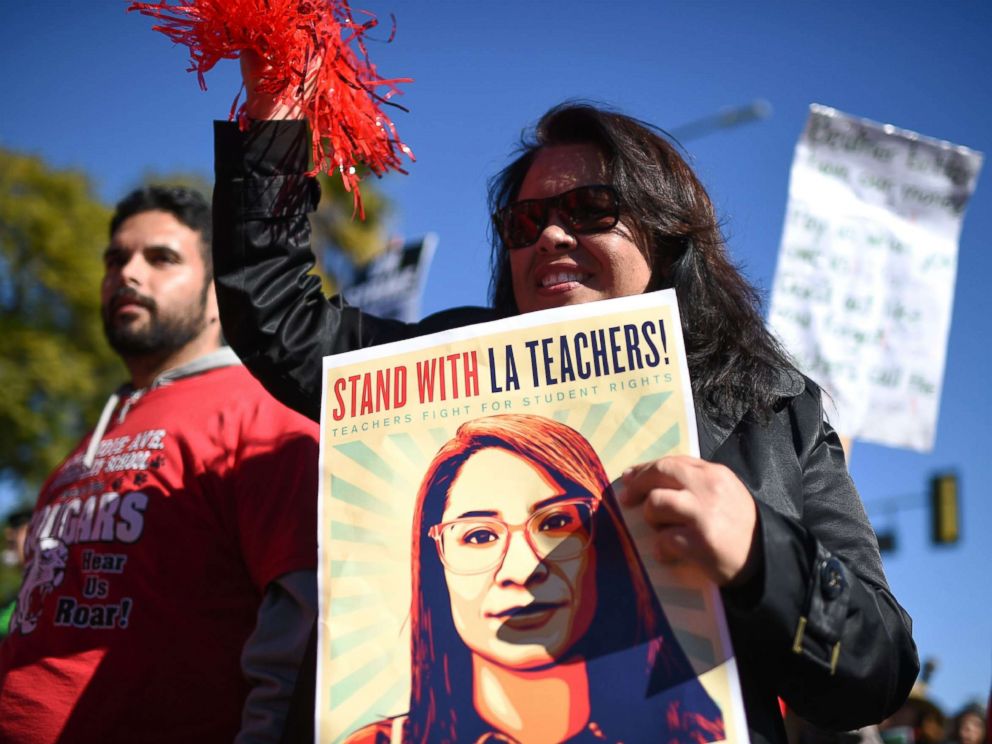It’s National School Choice Week. What is that? (Possibly not what you think.) - The Washington Post
It’s National School Choice Week. What is that? (Possibly not what you think.)
This is National School Choice Week, an annual occasion that features (literally) tens of thousands of independent events around the country that celebrate the “school choice” movement. Its
website says this:
These celebratory events raise public awareness of the different K-12 education options available to children and families while also spotlighting the benefits of school choice.
NSCW recognizes all K-12 options, including traditional public schools, public charter schools, public magnet schools, private schools, online academies, and homeschooling.
Most, if not virtually all, of the events planned for the week are staged by schools and organizations and people who support alternatives to traditionally operated public school districts. Those include charter schools, which are publicly funded but privately run, sometimes by for-profit companies, and various programs that use public funds to pay for private and religious school.
National School Choice Week is an organization as well as a week, and came into existence in 2011. School choice proponents say that alternatives to traditional districts are necessary to give families options, especially in places where traditional public schools have failed. School choice opponents say that school choice is aimed at privatizing the public education system and that many of the choices being offered are not well-regulated, sometimes discriminatory and siphon funding away from local school districts. (You can be sure that this week’s events won’t mention the many charter sectors around the country that are riddled with scandal.)
Education Secretary Betsy DeVos is a big fan of school choice and National School Choice Week, appearing at events in years past (as you can see in the picture above). DeVos has been advocating for alternatives to traditional school districts for decades and called traditional public schools “a dead end” before she became education secretary. She has stated that her mission as the nation’s top education official is to expand school choice.
This post about National School Choice Week is written by Carol Burris, a strong critic of school choice. She is a former award-winning New York high school principal who serves as executive director of the
Network for Public Education, a nonprofit advocacy group.
Burris was named the 2010 Educator of the Year by the School Administrators Association of New York State, and in 2013, the National Association of Secondary School Principals named her the New York State High School Principal of the Year. Burris has been chronicling problems with modern school restructuring and school choice for years on this blog.
By Carol Burris
This week is National School Choice Week. Despite its image of a grass-roots celebration of every imaginable alternative to neighborhood public schools, the week is a carefully crafted public relations campaign designed to remind lawmakers of the financial muscle of its sponsors.




















